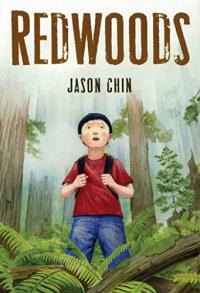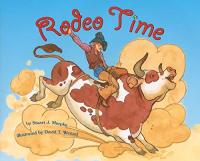Key Information
Focus
When To Use This Strategy
Appropriate Group Size
Why use a concept sort?
- It allows teachers to introduce the new vocabulary which students will see in the assigned text.
- It provides teachers with information about how much the students already know about a topic.
- It familiarizes students with the vocabulary of a new topic or book.
How to use a concept sort
- If your goal is to teach a concept such as rough/smooth, gather 10-15 objects or pictures that have rough and smooth textures. Or, if your goal is to teach a concept or vocabulary that is presented in a book, choose 10-15 relevant, important words from the book.
- Working individually, in small groups or as a class, have the students sort the cards or objects into meaningful groups. The groups (or categories) can be pre-defined by the teacher (often called a closed sort) or by the students (often called an open sort).
- Discuss the categories used within the different groups. Describe why certain cards were placed within certain groups.
When used before reading, concept sorts provide an opportunity for a teacher to see what his or her students already know about the given content. When used after reading, teachers can assess their students’ understanding of the concepts presented.
Watch: Concept sorts
Go inside Cathy Doyle’s second grade classroom in Evanston, Illinois to see how she uses the concept sort strategy to introduce vocabulary from the class read-aloud, The Seed Is Sleepy. Cathy models the strategy and shows the kids her decisionmaking process by thinking out loud — before sending them off to work in small groups. Joanne Meier, our research director, introduces the strategy and highlights the important vocabulary and comprehension skills that a concept sort supports.
Collect resources
Science
The following example introduces students to a book about discovering plants:
Introduce and discuss the following pre-selected terms:
flowers leaves water gardens weeds forests air trees sunlight soil roots stems - Then, ask students to sort the terms according to the following categories OR ask the students to sort the cards in a way that is meaningful to them and follow up to check their understanding of the concepts.
- Types of plants
- Parts of a plant
- Where plants grow
- What plants need to grow
Social Studies
The following example introduces students to words about transportation:
| bus | car | bicycle | walking |
| plane | motorcycle | boat | subway |
| ambulance | helicopter | fire engine | rocket |
Math
Concept sorts can be used to teach students words about geometric shapes or telling time.
| triangle | line | oval | octagon |
| hexagon | square | pentagon | Star |
| semicircle | diamond | rectangle | Circle |
Differentiated instruction
For second language learners, students of varying reading skill, and younger learners
- Teachers may wish to have students write the completed sorts to help solidify learning.
- Have students work in pairs or in small groups.
- Provide students with the category headers and ask students to sort only the examples.
- Provide extra blank blocks for students to fill in their own examples.
- Use pictures along with the words. For example, a picture could be provided for each of the words in the Math example above.
- Be aware of cognitive and cultural diversity as you evaluate how students sort the cards.
- Words on the card should be printed clearly so they are easily readable by all students. Large letters and contrast between the letters and the background are helpful.
See the research that supports this strategy
Baumann, J. & Kame’enui, E. (eds.). (2004). Vocabulary Instruction: Research to Practice. Guilford Press: New York.
Bear, D., Invernizzi, M., Templeton, S., & Johnston, F. (2007). Words Their Way: Word Study for Phonics, Vocabulary, and Spelling Instruction (4th Edition). Prentice Hall: New Jersey.
Children’s books to use with this strategy

Redwoods

